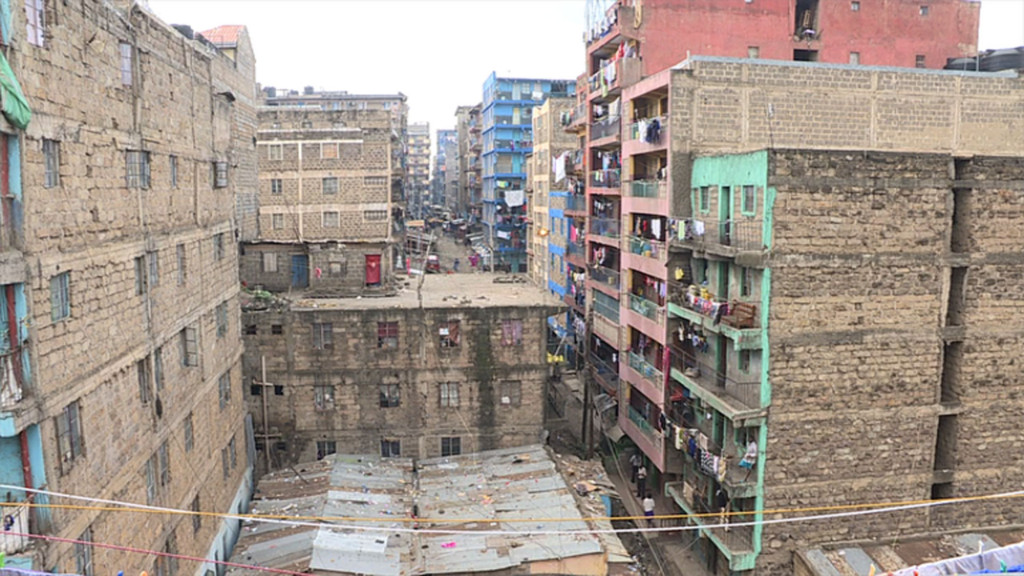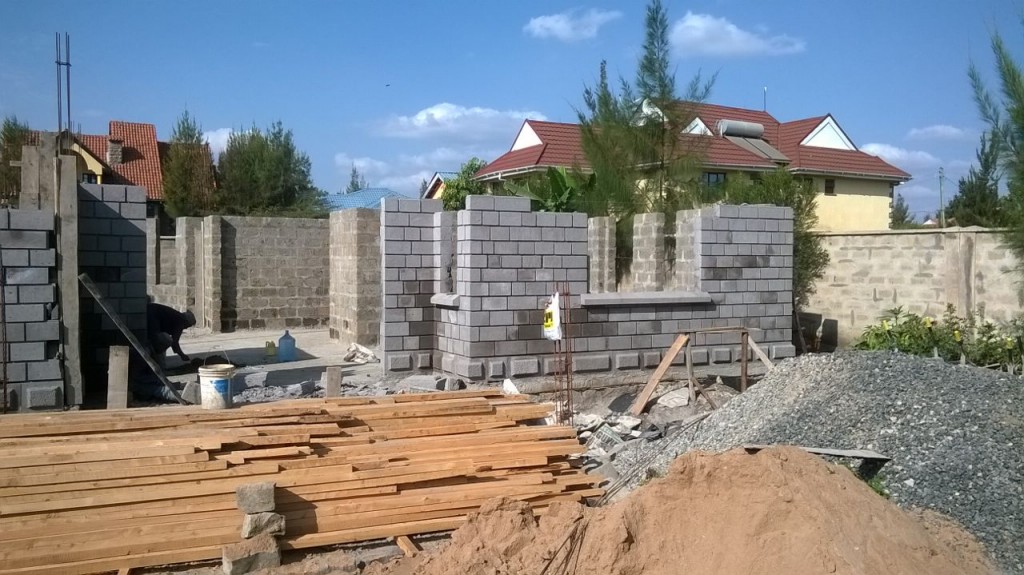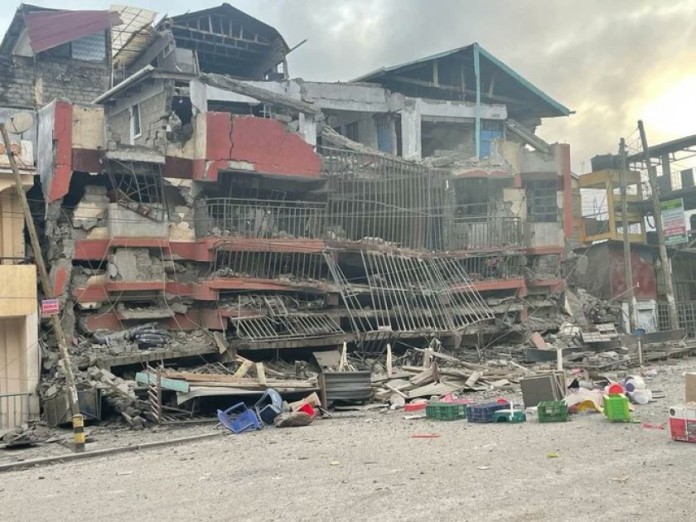More than 13 buildings collapsed in the country in 2022 with the majority of them being in the Nairobi Metropolitan region.
The ‘Status of the Built Environment Report: January-December 2022‘, attributes the collapse of the buildings to several factors including developers focusing on saving money at the expense of the quality of the projects.
“According to the World Bank, the housing deficit in the country stands at 2 million with an increase of 200,000 units annually. This has led to high demand for housing with high supply competition within the public and private sectors. As a result, developers have capitalized on the shortage of housing in the country and have erected buildings hastily and without caution, especially in urban areas,” read the report.
Also: Owner of collapsed Ruaka building arrested trying to flee the country
The focus on saving money has heavily contributed to issues such as poor workmanship, non-compliance with building standards, and impunity during construction.
“Initial expert observations have indicated that the most common reasons for the collapsing of buildings include poor structural design; substandard materials; poor workmanship and an influx of ill-trained construction workers in the industry,” read the report which was released by the Architectural Association of Kenya (AAK) on Tuesday 14th February.

The Nairobi Metropolitan region has been observed to be the hotspot of collapsed buildings.
According to the 2019 NCA audit report, in Kenya, there have been over 87 reported cases of collapsed buildings since 2015.
“From the recorded 87 cases, 66% of the buildings collapsed after completion while 34% during construction. Of the 87 buildings, 65% are residential buildings, 25% are commercial buildings and 10% are mixed-use developments. This number is seen to have increased between 2020 and 2022,” read the report.
AAK recommends strict building inspections with enforcement officers being held liable for any collapse in their jurisdiction as one of the ways to curb the menace.
“Professionals listed in partaking different projects should be carefully vetted and held responsible for such incidents and materials used for construction should be keenly inspected before the commencement of any construction. Additionally, any rogue developers found guilty of construction misconduct should be dealt with, in accordance with the law,” read the report.
80 percent of buildings in Kenya are built without engaging professionals

Only 20 percent of buildings in the country are built by professionals.
The #SBE report shows that a majority of Kenyans live in buildings that were built without engaging professionals.
Also read: AAK, Habitat for Humanity launch guidelines to promote healthy homes
“This means that most buildings in the country are built by unqualified persons and lack the minimum standards of a healthy home. Many of these buildings suffer from sick building syndrome- a cause of numerous illnesses experienced by residents who are completely oblivious of the cause,” read the report.
Construction cost rose by more than four percent
The performance of the construction sector declined in 2022 with the cost of construction going up by more than four percent from 2.7 percent in 2021 to 6.11 percent in 2022.

“A report by Integrum indicated that in 2022, the construction costs in Kenya averaged from Ksh 34,650 – Ksh 77,500 per square meter, which is equivalent to Ksh 3,219 – Ksh 7,200 per square foot. The 2021 cost was Ksh 33,450 – Ksh 72,400 per square meter, which is equivalent to Ksh 3,135 – Kshs6,785 per square foot,” read the SBE report.
High fuel and transport costs and the Russia-Ukraine war are among the factors that contributed to the high cost of construction.
“Russia and Ukraine are major suppliers of oil and natural gas, metals, raw materials, chemical products, and machinery,” read the report.
“Other than the fuel and oil, disruption of trade routes related to the conflict presented its own set of challenges. Shipping giants such as Maersk, Ocean Network Express, Hapag-Lloyd, and MSC suspended shipments from Russia,” it continues to read.
The report also indicates that the prices and availability of essential construction materials like steel, paint, aluminium, cement and PVC continue to remain unreliable in Kenya.
“The average price of a 50kg cement bag was sh.550 as of June 2021 compared to Ksh 650 in June 2022. Locally, a kilo of steel rose from sh.100 to sh.180 late last year. The Russia- Ukraine war accounted for the majority increase in steel prices in Kenya and globally,” read the report.













